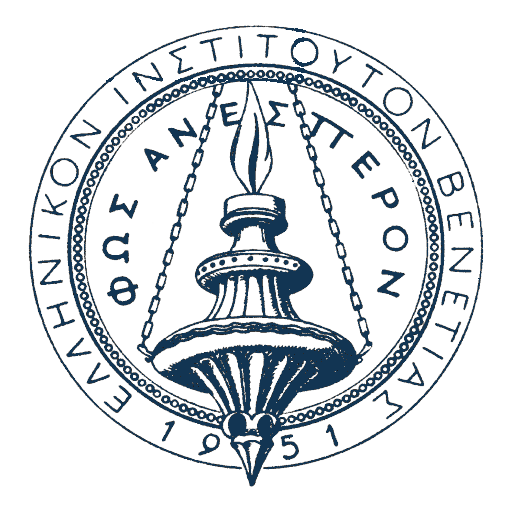
The Church of St George


Bell Tower
It was built between 1587 and 1592 under the supervision of the architect Bernardo Ongarin. In 1589 the clockwork was installed. Its construction was entirely financed by the bequest of Iakovos Samariaris from Zakynthos. The structure of the bell tower was inclined from the beginning of its construction. Together with that of Santo Stefano, it is one of the two most sloping bell towers in Venice. At the beginning of the 17th century, cells were built at the base of the bell tower, which were used as a place of residence for the priests of the church. Extensive renovation work was carried out between 1999 and 2006 with funding from the Alexander S. Onassis Public Benefit Foundation and the Anastasios G. Onassis Foundation. The work of the Foundation and the Anastasios Leventis Foundation was carried out in 1999 and 2005.
Flanginian School










